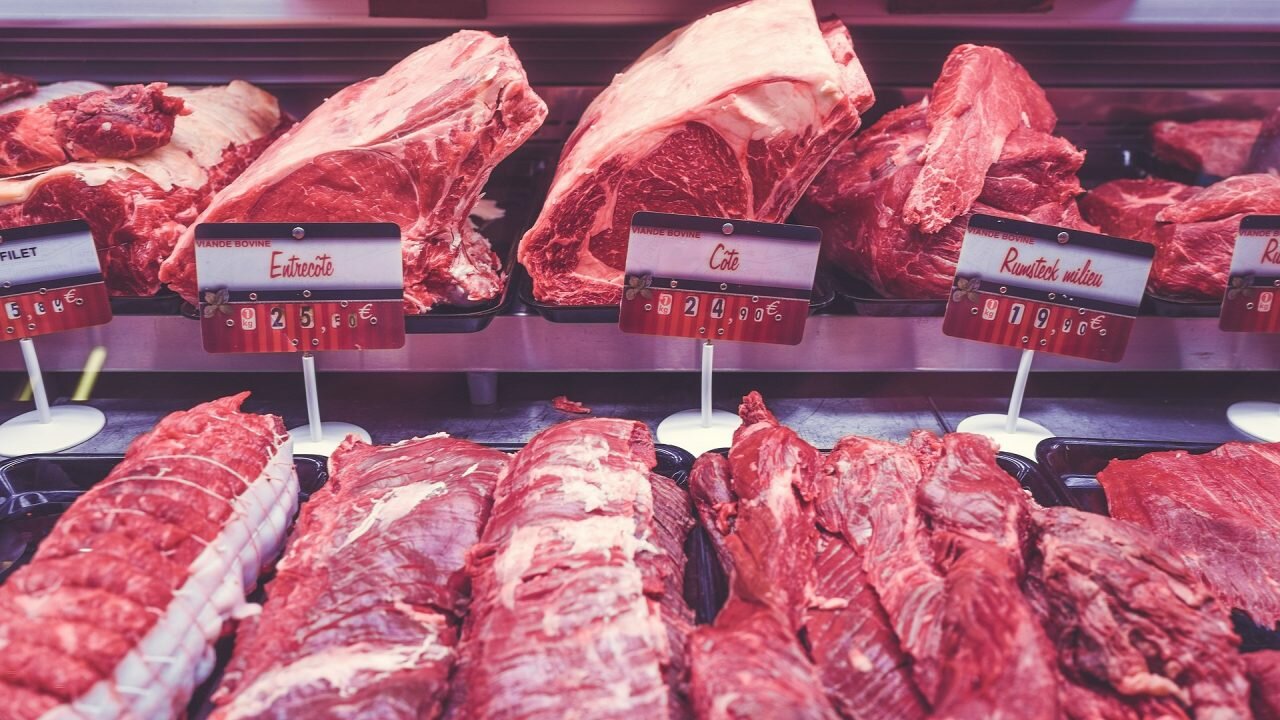Last updated July 20, 2018 at 5:35 pm
A review of research has revealed some of the challenges we face from a meat-centred diet.

From rising disease to environmental devastation and carbon emissions, our love of meat could spell trouble in the future, scientists warn.
In a review published in the journal Science, a group of researchers from the University of Oxford have discussed the effects of meat consumption around the world on our health, biodiversity loss and carbon emissions, and examined the challenges in reducing the amount we consume.
Meat consumption worldwide is increasing, and set to continue climbing thanks to increase average incomes and population growth say the group, which included zoologists, cancer epidemiologists, food researchers, environmental scientists and population health experts. In particular, there have been large increases in chicken and pork consumption, as well as an increasing proportion of processed meat products.
There has been some evidence which has suggested that per-capita meat consumption in high income countries may be beginning to plateau or even decrease, an effect dubbed “peak meat.” However, global rises are being driven by rises in many middle-income countries, including China and East Asia. Some estimates have suggested a rise in global wealth will lead to an approximate doubling of meat consumption by the mid-century, while a recent UN report put the increase at 76%.
“It is difficult to envisage how the world could supply a population of 10 billion or more people with the quantity of meat currently consumed in most high-income countries without substantial negative effects on the environment,” the authors write.
“What’s happening is a big concern and if meat consumption goes up further it’s going to be massively more so,” Prof Tim Key, who co-authored the review told The Guardian.
“On a broad level you can say that eating substantial amounts of meat is bad for the environment.”
The environment will take a hit
The paper details the varied ways meat production influences the environment, highlighting that meat production is responsible for far higher carbon emissions than vegetables, fruits and grains.
However, not all meat production is equal, with poultry production leading to less emissions than pork or beef. Livestock production is responsible for approximately 15% of all combined anthropogenic emissions of carbon dioxide, methane and nitrous oxide, and is the most important source of methane.
Land clearance leading to biodiversity loss is also expected to be a major issue into the future due to land conversion from natural habitats into agriculture, in particular production of grain and soya for animal feed. Already it’s been estimated that 71% of rainforest clearing in South America was for cattle grazing and 14% for cropping.
Water use is also a cause for concern, with agriculture using more freshwater than any other human activity. The use of water to irrigate land used to grow animal feed is already having a significant impact on water resources.
Finally, the authors also explored livestock diseases which can transfer into wild species. They highlight a case in the Kruger National Park where lions are being threatened by bovine tuberculosis, transmitted to them from the buffalo they eat. Those buffalo were in turn infected by domestic livestock.
Public health concerns
The link between meat consumption and health effects has been well established, with it being ranked as a carcinogen by the World Health Organisation. However, this does not speak of its potency – assertions it is as carcinogenic as tobacco, for example, are patently false. However, there is strong evidence that meat consumption increases the risk of colorectal cancer, while other cancer risks have also found to be increased.
Research carried out in India, where approximately 35% of the population are vegetarian, has also found that people adhering to a vegetarian diet have a slightly more favourable cardiovascular risk profile than meat eaters.
Current health recommendations are that people limit meat consumption, taking advantage of its nutritional benefits while minimising the adverse health effects.

Some of the policy issues concerned with the production and consumption of meat. Credit: Tara
Garnett
Controversy on how to stem the tide
Interventions to try to reduce the amount of meat consumed and the impact of it on a global level are complicated, however. Meat can be a vital source of nutrients for people on low incomes or who have limited availability of foods.
Meat is a good source of energy and high in a range of essential nutrients. However, while it is possible to get the same nutrition from a variety of other foods, access to these alternative options in low-income countries may be limited.
The report argues that while food labelling focussing on sustainability criteria has, at best, a modest impact on customer behaviour, raising awareness of implication for health could help garner support for policy changes later – a lesson learnt from tobacco control.
Despite being motivated by economics rather than health, Denmark introduced a tax on the saturated fat content of foods in 2011, which saw meat prices rise by around 15%. The tax was repealed in 2012, however analysis since has shown that consumption of foods high in saturated fat, which included beef mince, did reduce during the taxation period.
Other behavioural interventions could include moving meat-containing dishes on restaurant menus to below vegetarian options, which evidence has suggested leads to more people selecting meat-free meals.
However, the authors point out that, historically, changes in dietary behaviours in response to interventions is slow. There is also a need for more evidence on the effectiveness of different interventions.
In addition, the authors suggest that changes in behaviour need to be monitored, and a closer look at the flow-on effect from interventions to reduce meat consumption.
“There’s been less examination of the potential downsides of eating less meat,” co-author Susan Jebb told The Guardian.
“The health benefits depend on what you replace meat with. If you replace it with cheese versus lentils the effects are going to be quite different.”
Read the whole review at Science.





























































































































































































































































































































































































































































































